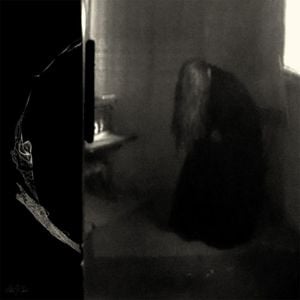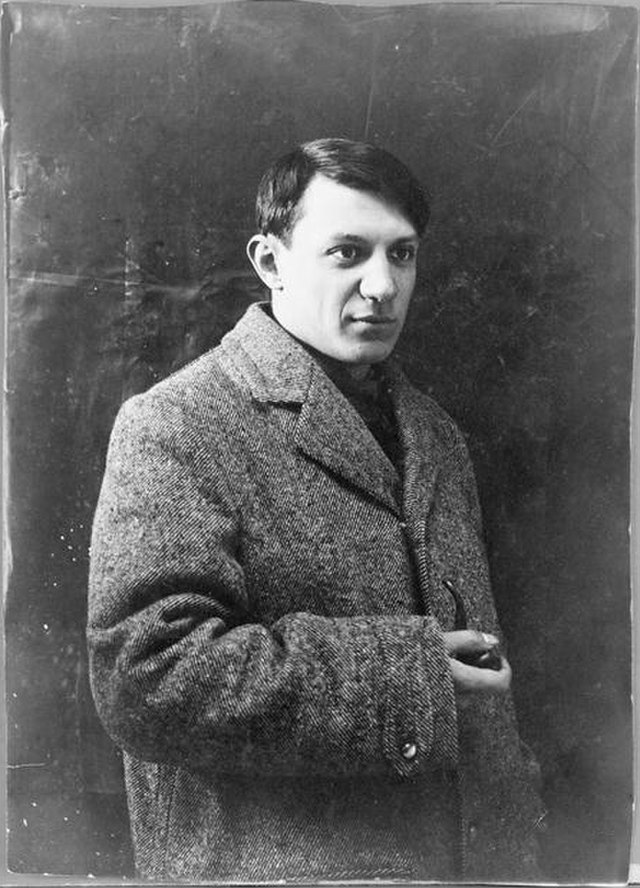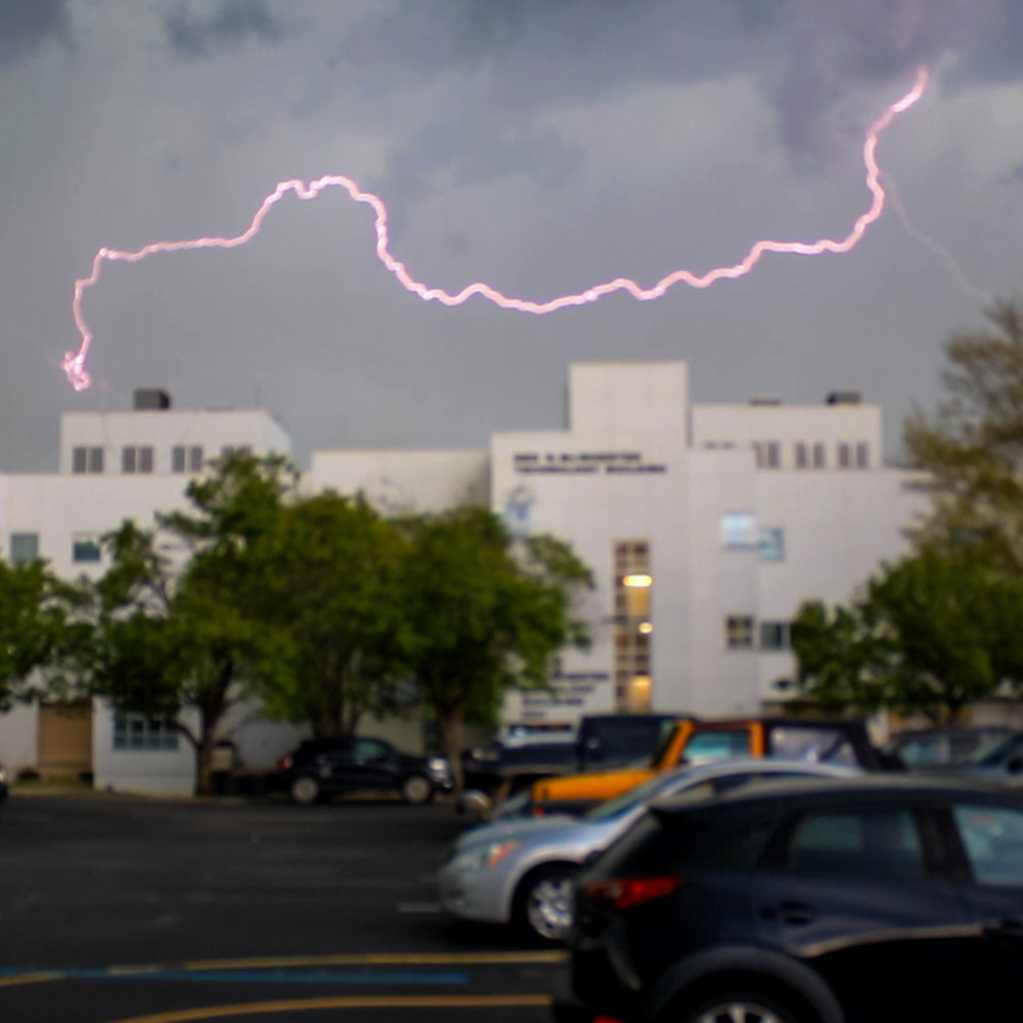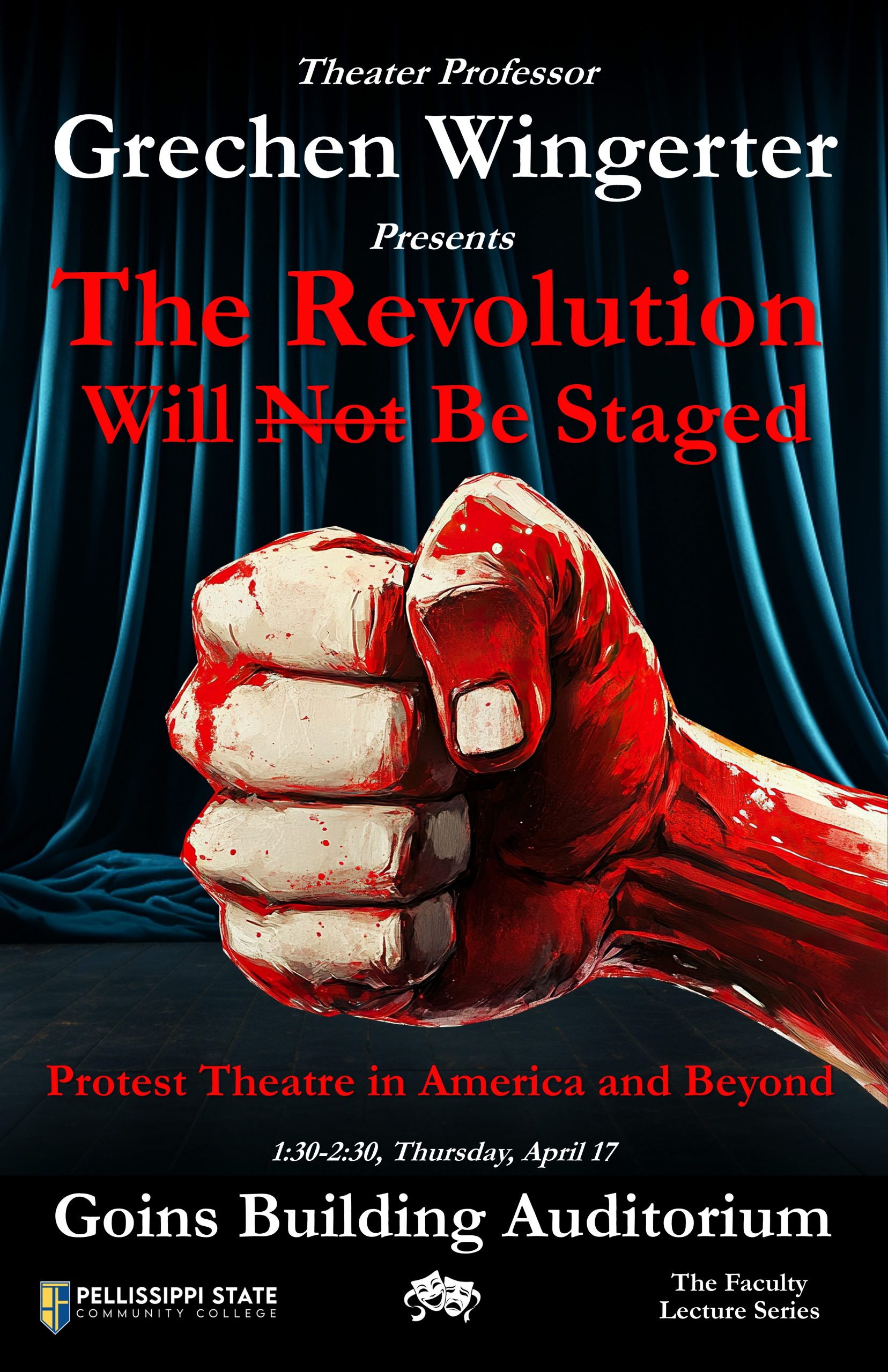without liberation for us all.” -Marsha P. Johnson.
By Patrick Dobyns, Editor
There was a cruel irony awaiting many members of the LGBTQ+ community on the morning of this past Valentine’s Day; news spread like wildfire that the National Park Service (NPS) had removed the “T” from “LGBTQ+” on its website for the Stonewall National Monument.
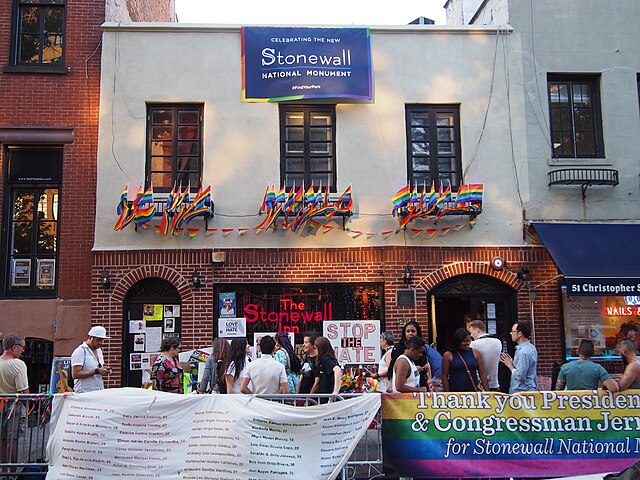
For those unaware, the “T” stands for Transgender, the full acronym signifying “Lesbian, Gay, Bisexual, Transgender, Queer, plus.” This move by the NPS was preceded by a number of executive orders that were filed by President Trump that required the federal government to cease acknowledging any gender identity that does not conform to a person’s assigned gender at birth.
To understand the full implications of this act, we should take a closer look at the history of the Stonewall Inn and the events that took place that led to the site becoming a national monument.
Stonewall Inn–A Haven and A Flashpoint
In the early 1960’s, homosexuality was illegal across almost all of the United States, labelled by governing bodies as “sodomy,” a biblical term with negative connotation that describes any non-vaginal sexual acts. Manhattan, popularly a refuge for oppressed people throughout history, became one for the LGBTQ+ community at that time. A vibrant collection of gay bars opened where people in the LGBTQ+ community could freely express themselves without fear of discrimination or harassment. Despite this, these havens were still occasionally raided by the police, and patrons were charged with “solicitation of homosexual relations,” or “non-gender appropriate clothing.”
The Stonewall Inn was one of these establishments, catering to many in the marginalized community, including drag queens, transgender individuals, and even homeless people who had no ties to the LGBTQ+ community. All was not perfect at the “inn,” however.
Despite possible protections from the New York City Mafia, police raids were still conducted. One such raid occurred in the morning hours of June 28, 1969; it just so happened that, at that point, the community had had enough. As the police tried to arrest them, the patrons resisted and fought back. They outnumbered the police, who only had nine officers at the scene.
Bystanders gathered around Stonewall Inn and, because of Manhattan’s status as a safe(r) space for the oppressed, many were themselves part of the LGBTQ+ community and began protesting the raid. The protests and resistance quickly escalated into a riot. Garbage from the street was gathered and thrown at the officers and, as rioters started to cross police barricades, the officers were forced to retreat into the Stonewall, barring themselves inside.

As a fire began raging in the Stonewall Inn, protesters continued to fight the police despite police reinforcements being sent to the scene. According to many accounts, including Robert Andrew “Bob” Kohler, the fiercest fights were put up by transvestites, people who dressed as the opposite gender.
By 4 a.m., rioting had stilled.The streets were, according to witness David Carter, eerily quiet and surreal. The riots resumed after the streets were cleared on the morning of July 28. The next morning, July 29, many rioters returned with bolstered numbers. Where the previous morning there had been hundreds, now there were thousands. Marsha P. Johnson, gay rights activist and later co-founder of the Street Transvestite Active Revolutionaries (STAR), also took part in the rioting, and was seen vandalizing police vehicles by shattering their windshields, according to Martin Duberman. Like the morning before, the rioting, which had started in the early hours, lasted until about 4 a.m.
A Movement is Born
What followed these historic riots was akin to the African American Civil Rights movement. Organizations standing with the LGBTQ+ community began popping up all over the country, an example of which being the Gay Liberation Front, which was founded almost immediately following the events of Stonewall. Activists like Marsha P. Johnson and Sylvia Rivera added the voice of the transvestite, and later transgender, community to that of the gay and lesbian communities.
The following year, 1970, the first gay pride parades were organized in front of the Stonewall and in Chicago and Los Angeles, and in 1972, Washington D.C. hosted its first Pride Parade. Gay rights activist groups were not just established in the United States, but quickly arose across the globe.
Despite the rise in awareness of these groups, laws that afforded them basic civil rights still came slowly. Sodomy laws were repealed state by state, most not repealing them until 2003, when the Supreme Court decided in Lawrence v. Texas to decriminalize same-sex relations on a federal level.
One year later, Massachusetts became the first state to offer same-sex marriages, and, in 2015, Obergefell v. Hodges required all states to offer it. In 2020, the Supreme Court prohibited discrimination of sexual orientation and gender identity in the workplace. During the past two decades, we have seen more done to accept the LGBTQ+ community by our government than ever before.
A Rights Rollback
During the past two months, we have seen more harm threatened to the LGBTQ+ community in America since 2003. Executive orders that have come from Donald Trump’s administration have codified a view on gender and sex that is directly affronting transgender individuals, proposing laws and conditions based upon this view that would be requirements for all federal government employees. Shortly following these orders, the Stonewall National Monument, a landmark that represents the start of LGBTQ+ activism, has, in compliance with Executive Order 14168, the history of transgender/transvestite individuals in their fight for their rights.
The events of Stonewall show that no matter the oppression they may face, minority groups will exist in America. Despite the prejudice of 1960s America, members of the LGBTQ+ community existed where they could and how they could, doing what they could to progress the ideologies of larger America.
No matter what, the right to free speech protects and supports the right to protest any unfair laws created by the larger government, whether prejudiced or not. The removal of Transgender participation on the National Park Service’s website received immediate backlash and criticism, and this backlash is a testament to the durability of this fundamental right. It shows that people will not let injustices be quietly endured. Just because the story of trans rights activism is no longer being told does not mean that it will be forgotten.



